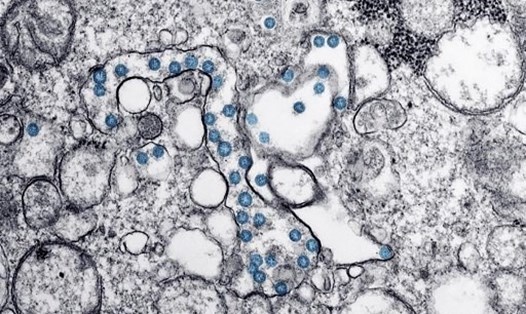Using endoscopic devices to observe the remaining remains in the cave, scientists have recreated the first complete image of the nasal cavity of an ancient Neanderthal individual named Altamura - discovered in 1993 and dating from 130,000 to 172,000 years.
Since thin bones in this area are almost always destroyed over time, the new discovery has allowed the multi- decade-long theories of how Neanderthals adapted to the cold climate in Europe during the ballistic century to be proven.
For many years, researchers have thought that Neanderthals have pathological properties inside their nose to warm and moisturize cold air, in order to compensate for wide nose holes and a strong bridge of the face.
These structures considered "self-discriminating" include the renal extensity into the nose and the lack of bones above the groin, but all are theoretical because no fossil has ever preserved the entire interior nasal cavity.
When the micro-capture camera was inserted into the skull, the researchers found no trace of the special structures once characteristic of the Neanderthal people. On the contrary, the internal nasal cavity is similar to that of modern humans.
Results published in the National Academy of Sciences' journal PNAS show that the hypothetical adaptations to the cold climate are actually non-existent and remove these signs from the list of Neanderthal identifying characteristics.
The discovery also reshaped the way Neanderthal faces evoked. Although the wide nose and the middle of the face are thought to be the result of respiratory needs in harsh environments, new evidence shows that their typical faces are formed from many combined environmental pressures, not directly caused by airway structures. Only the front of the nasal cavity follows the expansion of the middle of the face, while the airways that function have little change.
The results of the study also solve the long-standing paradox: Neanderthals have the same body ratio as modern groups of people living in cold areas, but possess a wide nosehole associated with hot and humid conditions.







